Estimated reading time: 7 minutes, 22 seconds

Although we remodel here in Boise Idaho and we do not really offer these services, I would like to get the word out to “Show that we care.” about you and your home.
Planning for cold weather is a good thing to do. I especially like getting these things done during our brief Indian Summer. The list may seem long but taking care of the items isn’t so bad.
I believe we all do some form of looking at these things subconsciously; the checklist form may help those that grow accustom to seeing things out of place. As an idea, knock several off the list per weekend till the weather turns cold. By the way, the list is in no particular order. I offer this to my clients of Levco Builders and anyone interested in prolonging the life of their home.
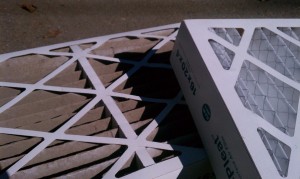
1, Change Filters Regularly
I leave my HVAC fan on all the time to even out the temperature in the home The circulating air has the added benefit if being run through my 4″ pleated filter. I found that changing the filter when we switch from AC to Heat and visa-verse is a good time to switch. Everyone’s filter will need to be changed a different intervals, mine works out to every 6 months.
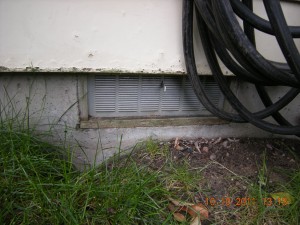
2 Close Foundation Vents
This is a good thing especially if you do not have a conditioned air space. Radon gas is technically held back by plastic sheeting covering the ground and here in Idaho we live in a moderate Radon area. Open foundation vents allow some circulation and that is a good thing for 2/3 of the year.
Winter temperatures allow freezing temperatures to enter the home and potentially cause damage by freezing water in pipes. Not to mention the wasted heat caused by allowing freezing temperatures to attack from below. Ground temperature here in Idaho is about 65 Degrees as is the water temperature, so why not take advantage of a warmer crawl space. I have also seen foundation vents below grade that have permitted a superhighway for water to enter the home.
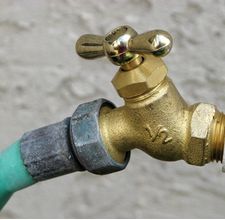
3 Remove garden hoses from the faucet
This one gets so many people in trouble. Frost proof faucets are an amazing thing. They shut off the water inside the home where freezing temperatures are much less likely to be. That being said you can make even the best faucet fail if you leave the hose connected.
Water trapped in a faucet has the potential to freeze inside your home. When a hose is left with water trapped in the neck of a frost proof faucet, the neck bursts freezing on outside of the gasket but it is still an unnecessary spring time repair.
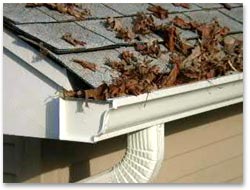
4 Be vigilant about gutters
There are a multitude of commercially available gutter lids to keep leaves out and as I get older I realize that they are becoming more valuable. Lets face it getting up on the roof and blowing out the gutters is dangerous!
My emergency medical side recalls many fall responses. Who wants to break a hip over a clogged gutter or worse! If you are planning to clean the gutters, consider attacking them from below if possible, the lower your body is to the ground the better. Checking gutters includes verifying that the downspouts work and drain away from the home.
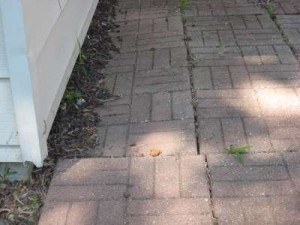
5 Verify Positive slope from foundations
This is one that is simple to do and is worth taking a perimeter walk. Use your eye to confirm that there is a grade away from your home. We often see water that lands at the “Drip Line” headed back to the home. Especially if you have a basement this can cause acute and chronic problems.
This is also a good time to look for tripping hazards like bicycles and kids toys. Fixing this situation would be fairly simple. It would involve lifting out the tiles, repacking the base gravel and repositioning the tiles.
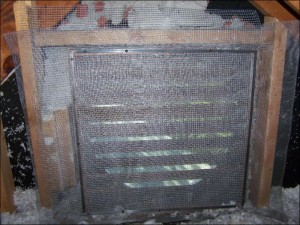
6 Check Roof, and Gable vents.
Roofs wear out over time, look at the condition of your roofing material, a warn out roof should not come as a surprise. Look especially at vents that are near trees. I have seen bats, birds and squirrels entering homes to be where it is warm for the winter in a bed of insulation. Correcting holes with small grid metal mesh will usually do the trick.
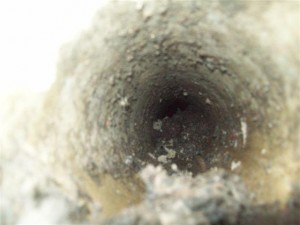
7 Ensure exhaust ducts are clear.
This includes bathroom exhaust fans and dryer vents. One is done by either removing an interior connection or an exterior vent cap. Vacuum, brush or blow them out. Excess lint I suppose can cause fires but more commonly just extends the drying period of clothing and makes exhaust fans worthless. These ducts to the outside are one of your best defenses against humidity build up in the home.
Here in Idaho we find that humidity is usually inverse to the temperature so the warmer it is the lower the humidity. It is not uncommon to have humidity in the 25% in summer. Human comfort levels of humidity run about 40%. According to the EPA, with the humidity above 60% mold can grow very quickly.
Humidity causing devices like showers, hand washing dishes, plumbing leaks, and clothes dryers can cause mold to grow if left unchecked. Make sure fans are working properly and left on long enough to dehumidify the room. Electronic timers. This is a cool devise to make your indoor air quality better. When I take a shower I tap the button 3 times and it insures that the shower will dry out completely. I’ll be darned if I can get my wife to do the same.
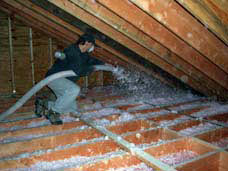
8 Look for opportunities to add insulation.
Making a great thermal barrier between inside and out will greatly decrease the likelihood of condensation buildup. When hot and cold come together on a surface where humidity exists (the glass in this example), this is where the moisture will condense. I have seen condensation build up on painted cinder block walls so it is not just glass that is the culprit. This is also why we no longer place plastic on top of insulation before drywall is installed (in cases where we suspect this could occur).
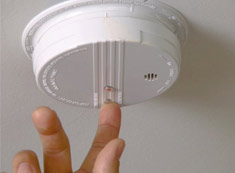
9 Test Smoke and Carbon Monoxide detectors.
Take a broom handle and push the buttons to ensure they are working. I am not a fan of changing the batteries annually. Rather check them and if they work Cool! if not they give you the early warning beep.
If you do not hear a beep, replace the battery. On a side note they are only usually rated to operate for 5 years or so so you might want to upgrade the entire unit. Mine have been in for 10 years and work fine. There is also a smoke in a can you can use to test them if you want to verify proper operation. This is also a good time to review your escape plan especially if you have small children remember, studies have shown that even the loud beeping of a smoke alarm is not always enough to awaken children.
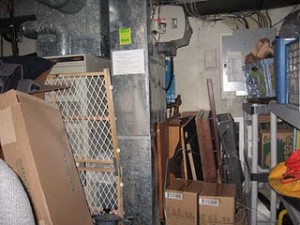
10 Remove potential fire hazards
Although stacking stuff in front of the furnace and at the base of a gas water heater seemed like a good thing at the time… This is a potential combustion point. Get stuff put away safely. You should have a fire extinguisher in the kitchen and in a garage shop area. Your furnaces and area heaters have not been on for months, a blow out with a compressor is going to get that dust out of the combustion chamber and off the fan fins.

11 plan to blow out the sprinkler system.
This may seem like a no-brainier for those of you used to living here but it is worth a reminder for those that have just moved in from a warmer climate. It is not that you have to be the first one on the block to take care of this, it’s that you don’t want to be the last.
Trapped water in plastic pipes above the frost line tend to crack in the very cold months. (Why can’t someone invent a self draining system?)


Leave a Reply